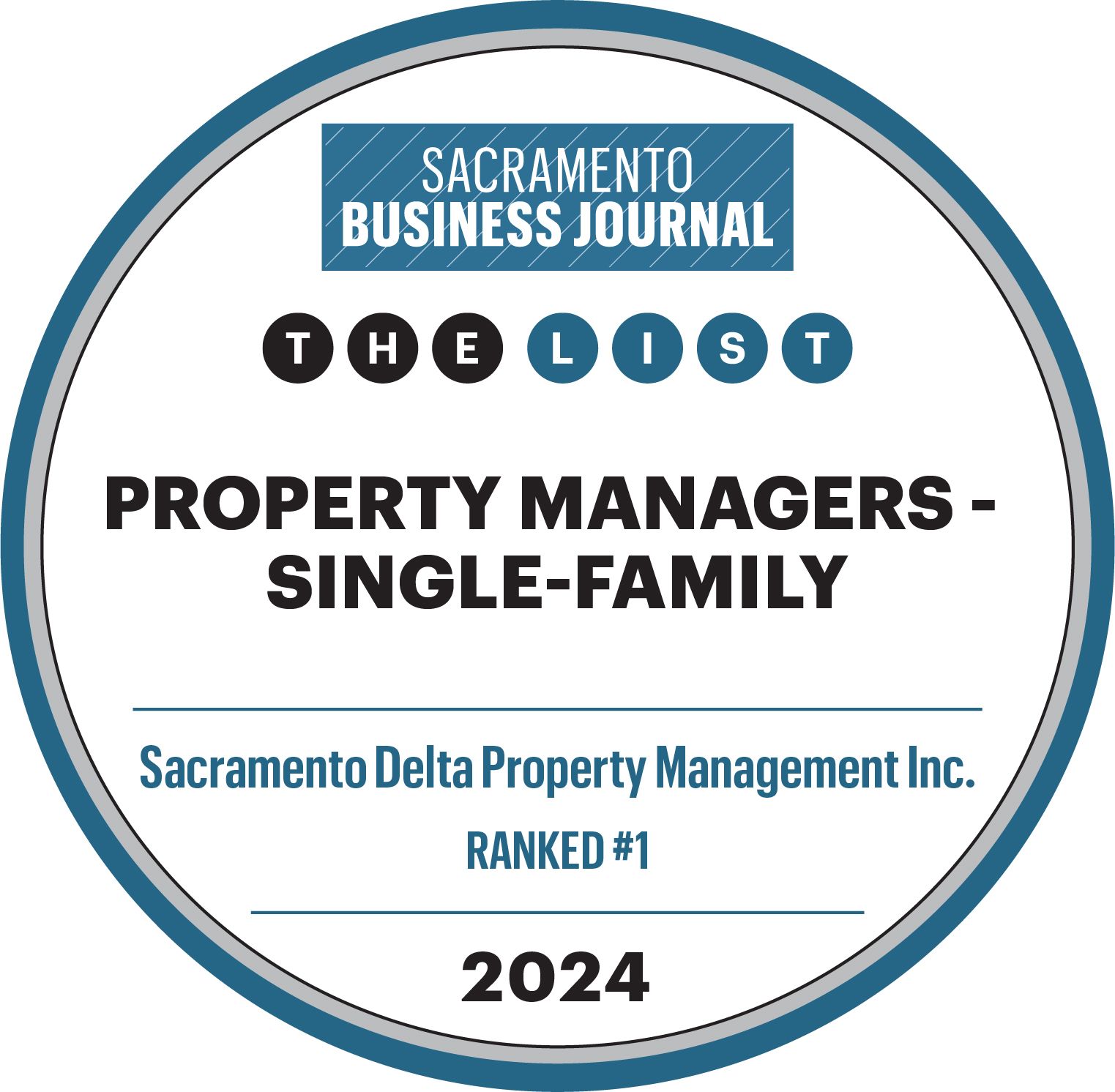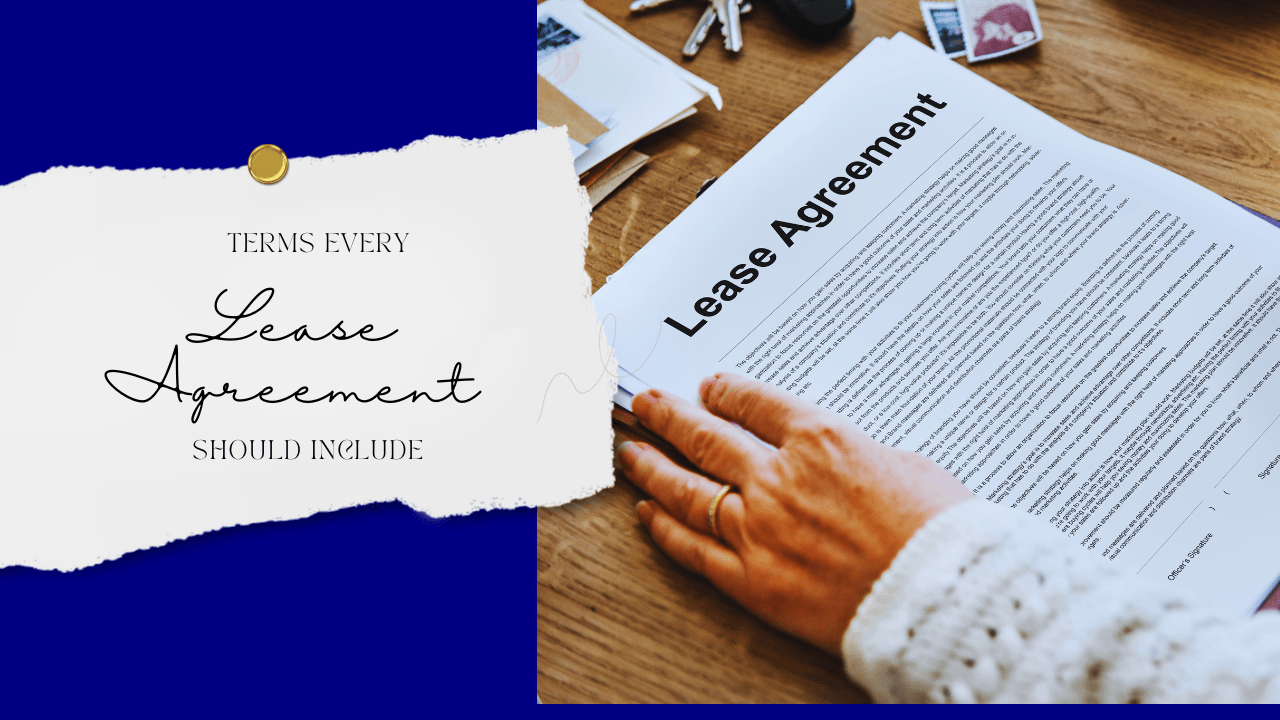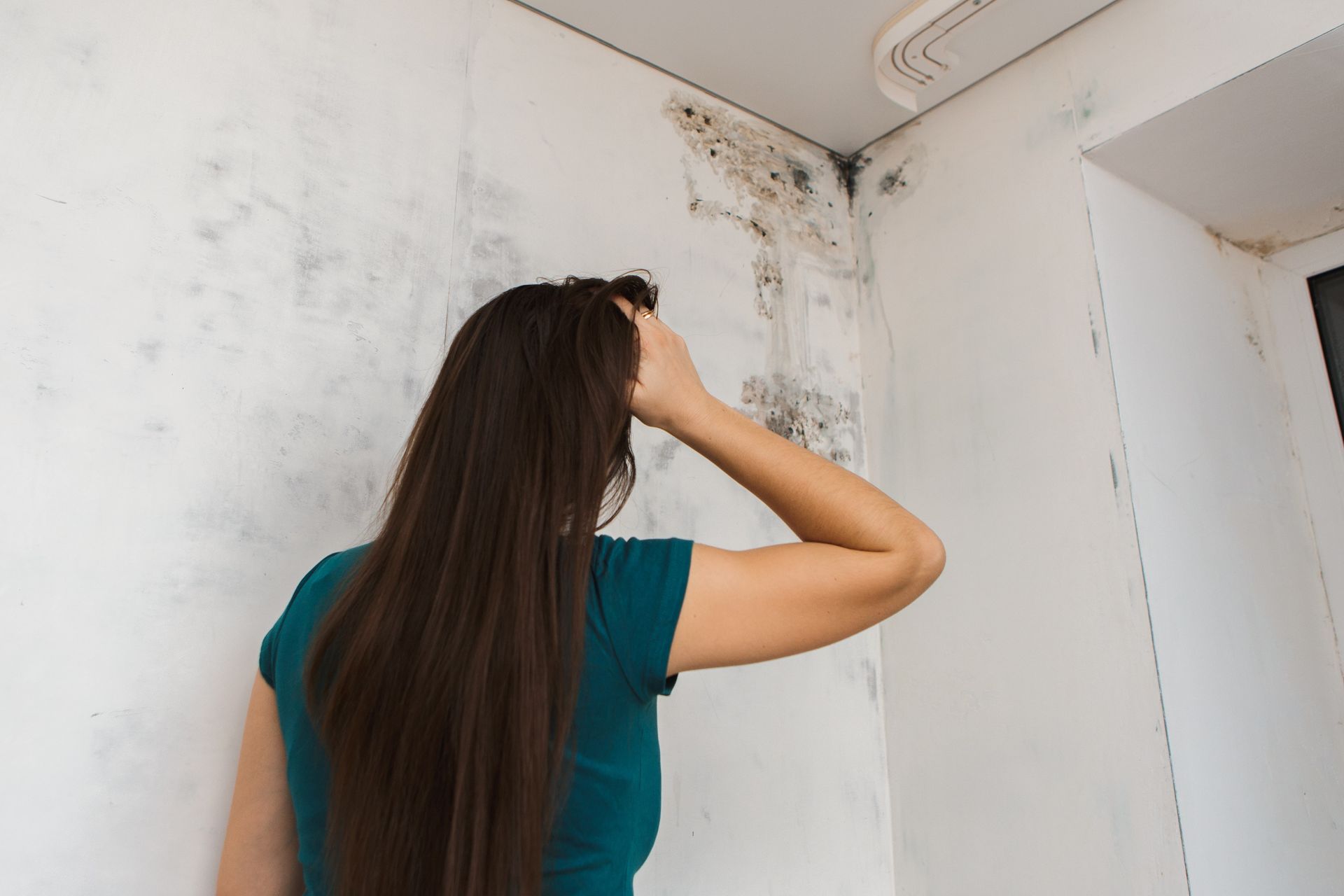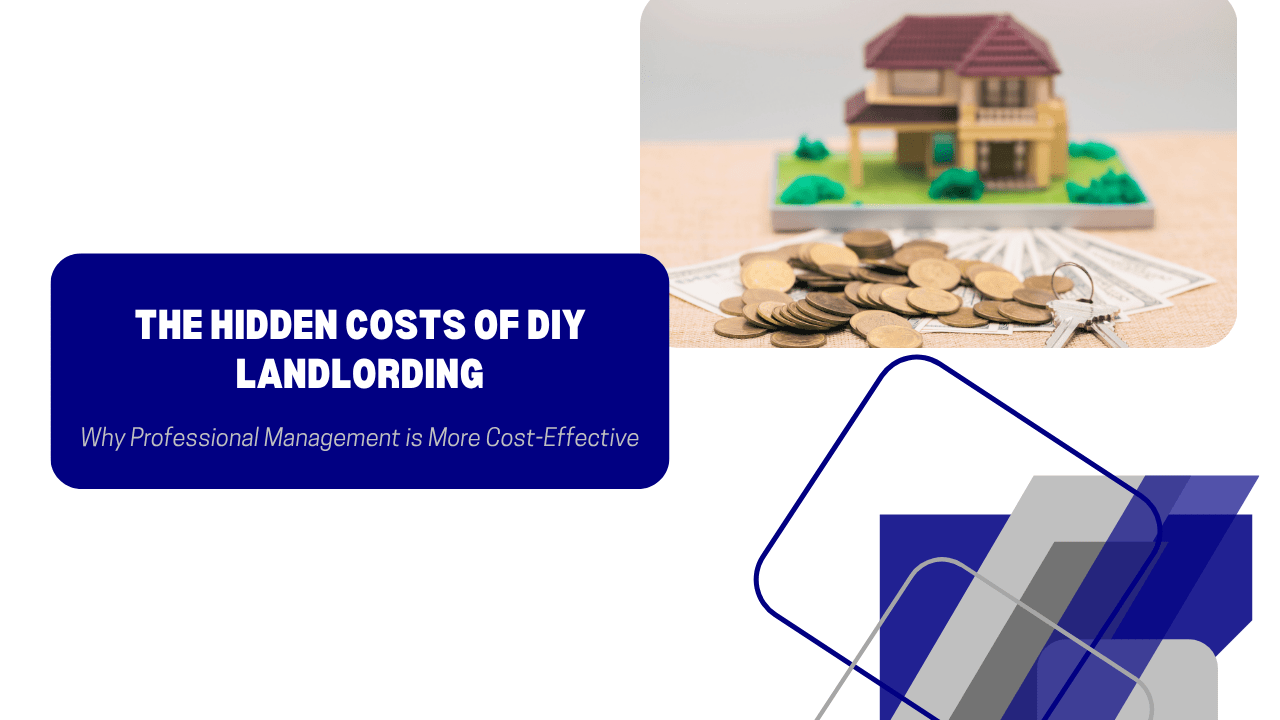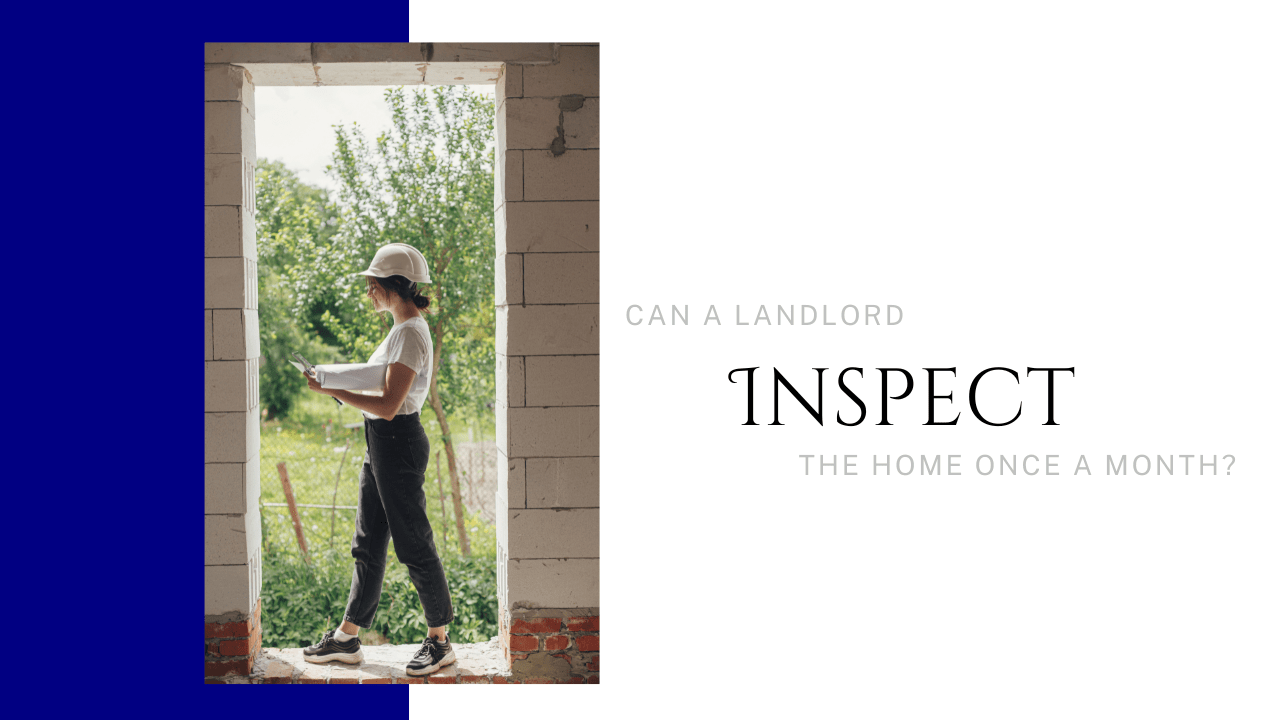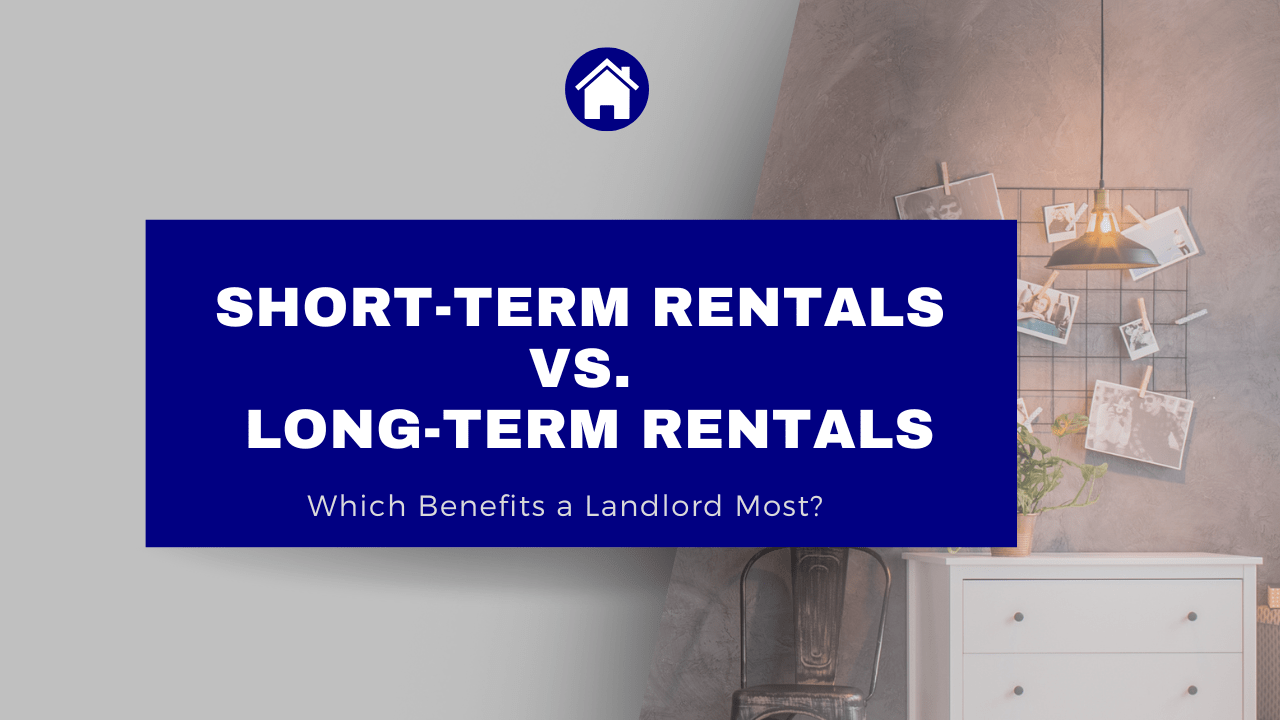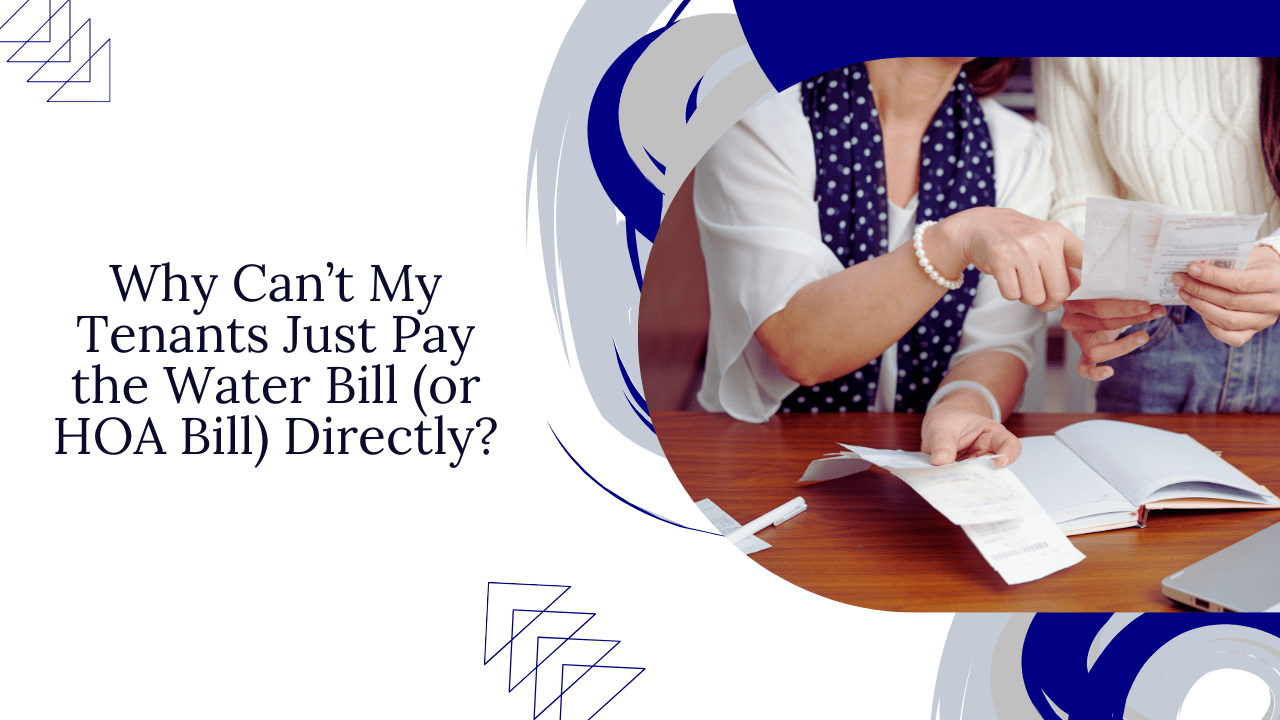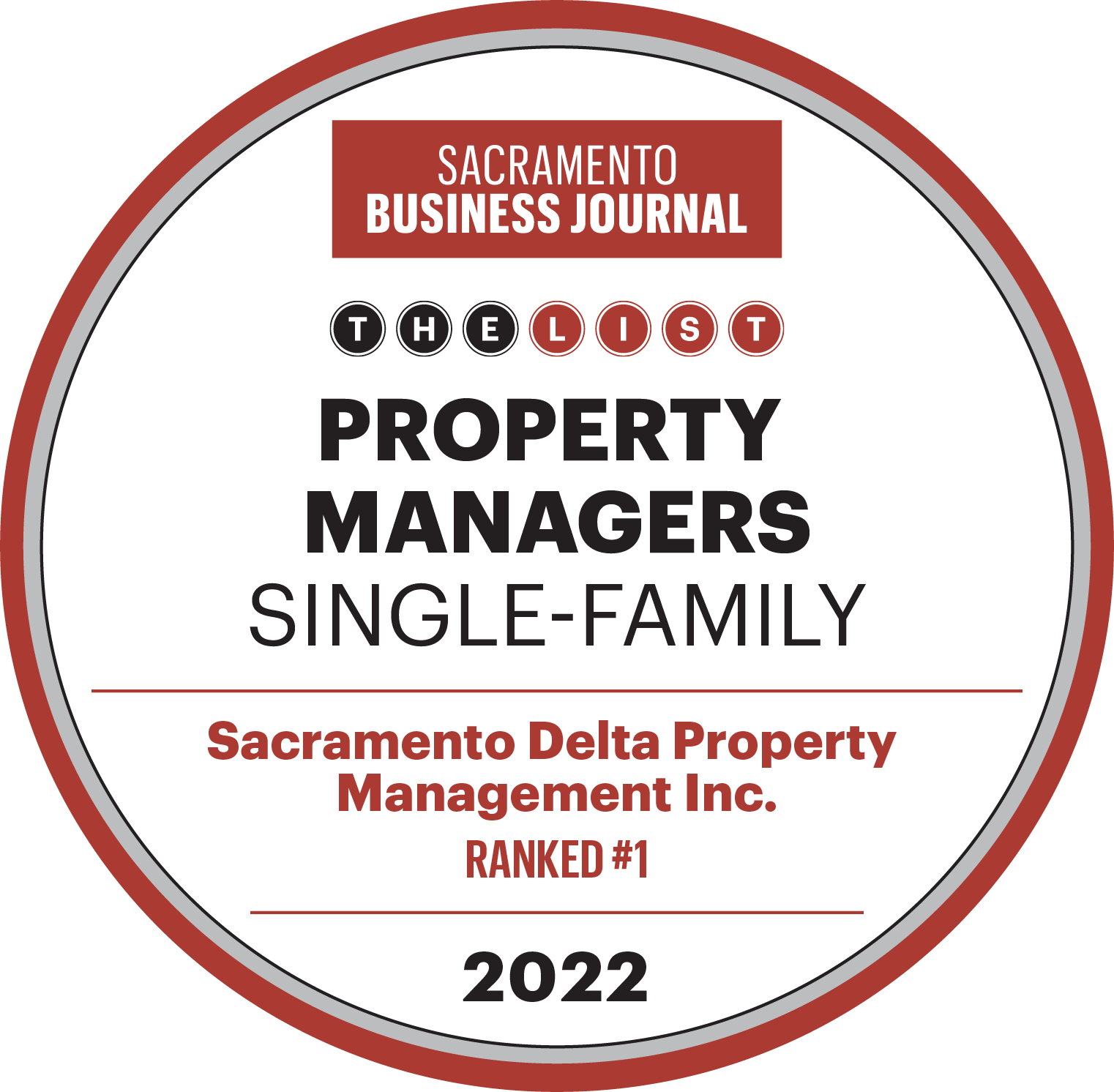If you’re
renting out a property in California, it is essential to have a written lease agreement to protect you, your investment, and your residents. A legally compliant and enforceable lease agreement outlines the expectations between a landlord and a resident, and without a solid agreement, you will have little control over the rental process.
Understandably, drafting a lease agreement can be complicated, especially in a state like ours, where there are numerous protections in place for the residents who are renting your home. There are also legal disclaimers and language that’s specific to California law that you must include.
Here are a few of the most important terms that every lease agreement in California should include. Remember to have your residential lease reviewed by an attorney or a
Sacramento property manager before you execute it.
Basics: Names, Contact Info, Property Info
The first and most crucial step is to identify the parties involved in the tenancy. The names of the landlord(s) and resident(s) should be written in the lease agreement along with their contact details. Don’t forget to identify your property managers, if applicable.
A lease agreement must also include a description of the rental property, including the address, unit number, and any restrictions that the landlord may have concerning the use of the rental property. Mention which appliances are included and whether there is any access to outbuildings or amenities, such as a fitness or community center.
The rental agreement should specify the duration of the tenancy. This could be a fixed lease term, such as six months to one year or a month-to-month rental. If it is a fixed lease term, the agreement should also state what happens when the lease ends, such as whether it can be renewed or extended.
Rent Collection Policy
The lease agreement must also outline the payment terms, including the amount of rent, the due date and method of payment, late fees, and possible penalties if the resident fails to make payments. You’ve likely collected a security deposit, so your lease should clearly indicate the security deposit amount, how it will be used, the resident’s right to receive an itemized security deposit statement, and what is expected of the resident before the deposit is returned.
Maintenance and Repairs
Residents have a right to a property that is safe and habitable. A lease agreement must specify how
maintenance and repairs will be handled, including what types of repairs are the resident’s responsibility, how maintenance requests should be made, and how they will be prioritized based on urgency. Who is responsible for landscaping? Make sure the lease reflects that responsibility.
Rent Control Language
The Resident Protection Act of 2019 went into effect in 2020 and introduced statewide
rent control as well as just cause eviction provisions to the entire state. Your property is either covered by or exempt from this law. The lease must have language stating whether the rental increases are bound by the rent control laws or exempt from them.
Disclaimers and Addenda
There’s a lot more information that must be included in your lease agreement, and we’d love to talk to you about pet policies, how to address utilities, and what to say about pest control.
Please contact us at Sacramento Delta Property Management. We’ve been writing lease agreements for more than 40 years in our experience as residential property managers. We’d be happy to help.

